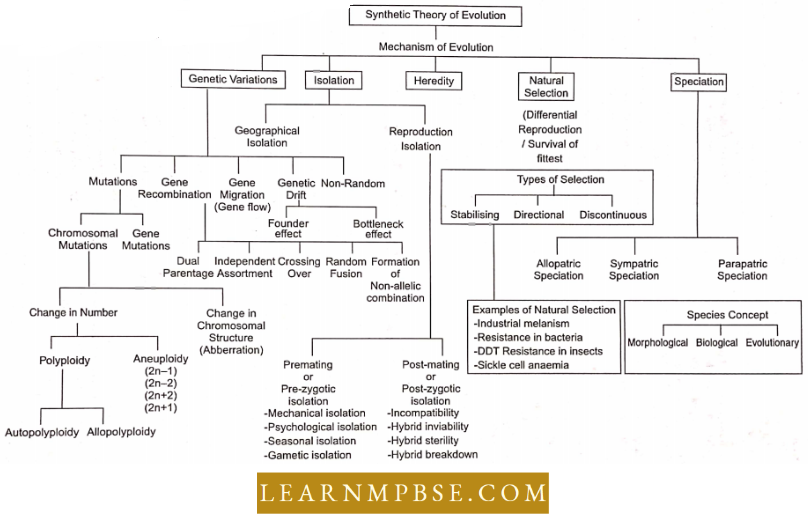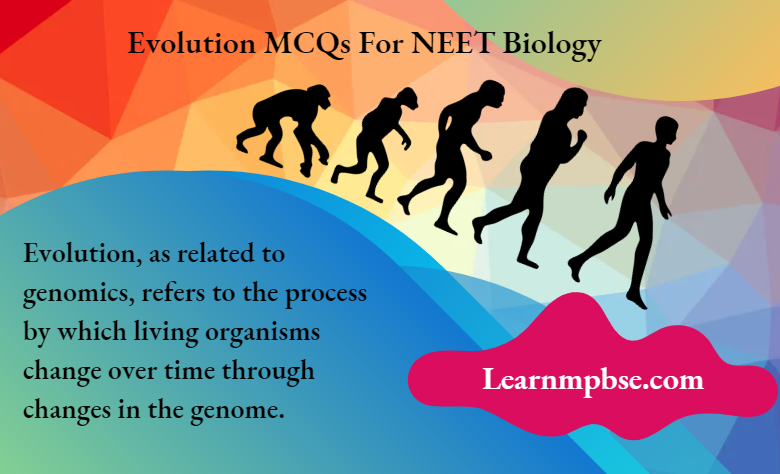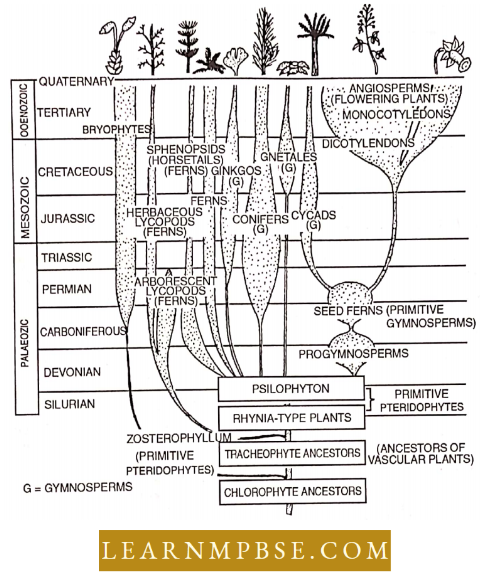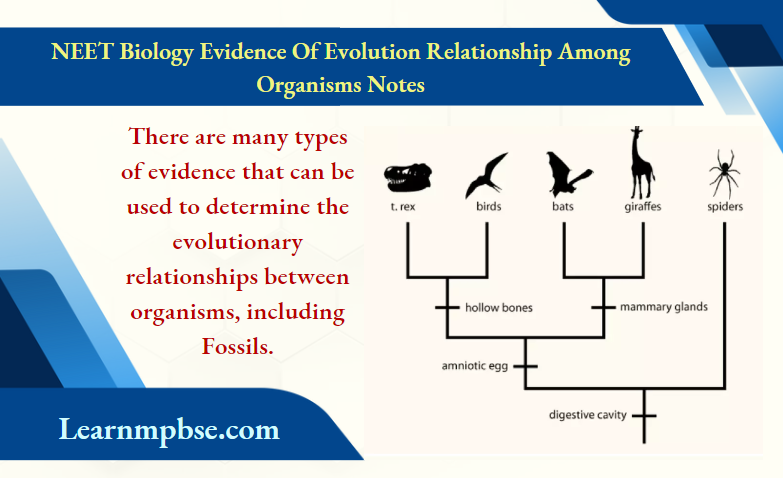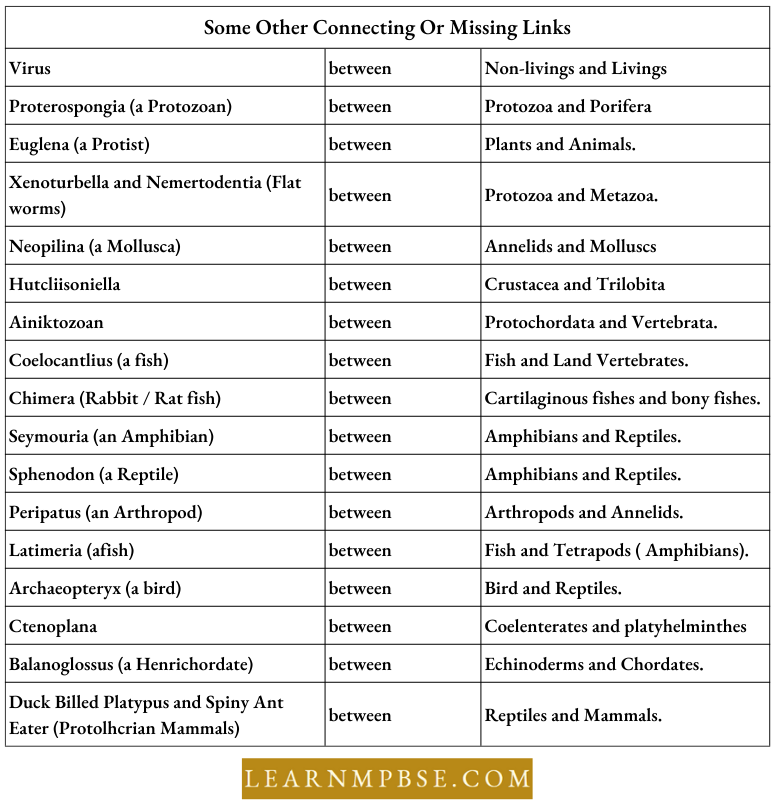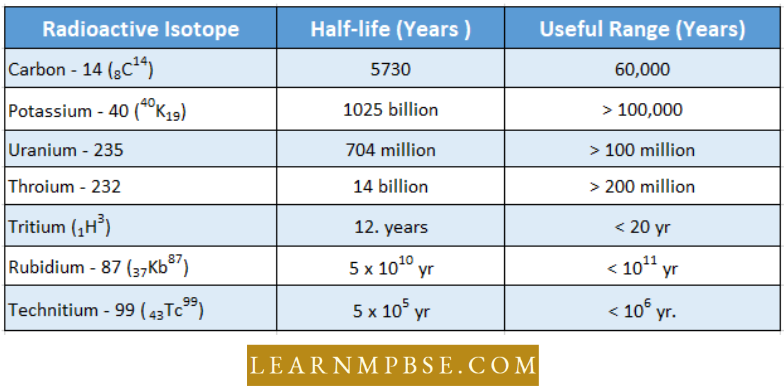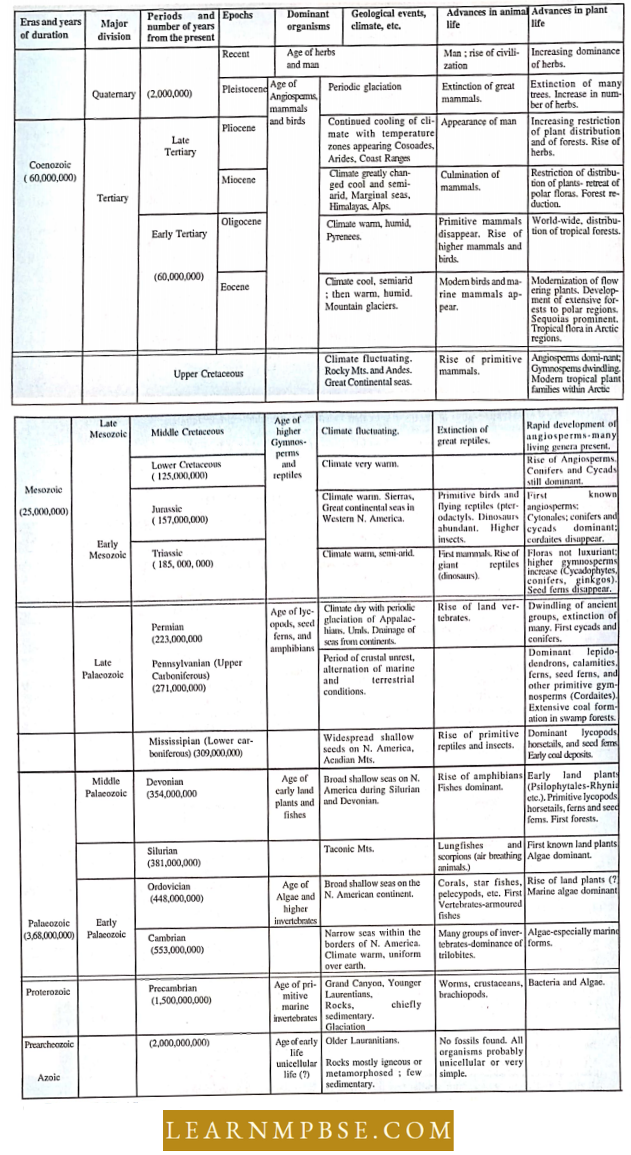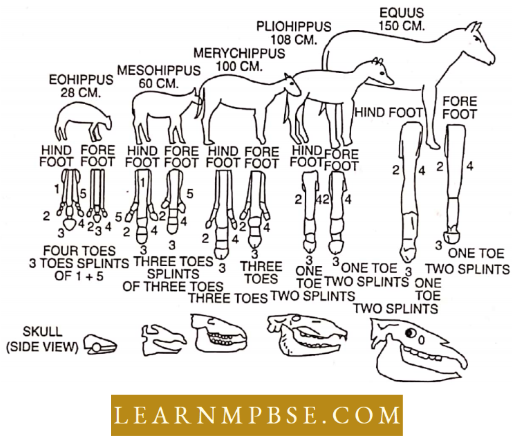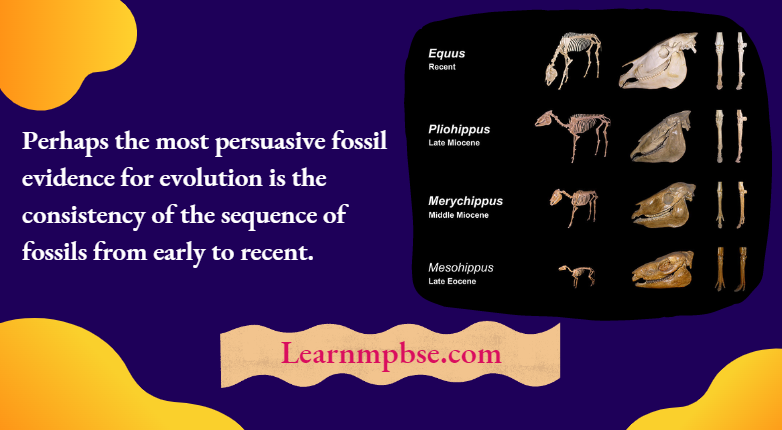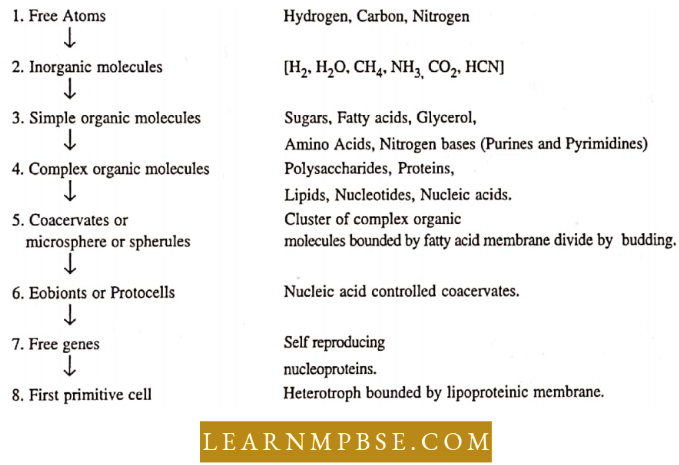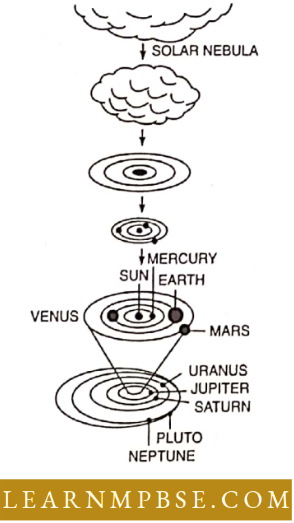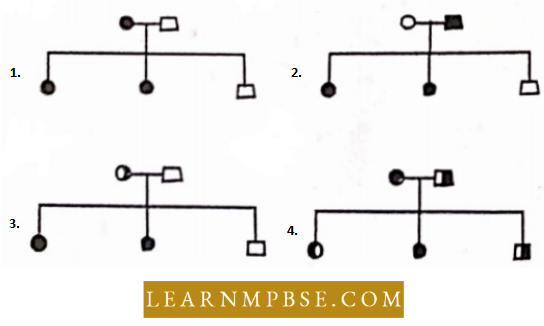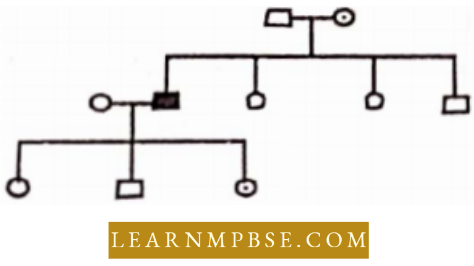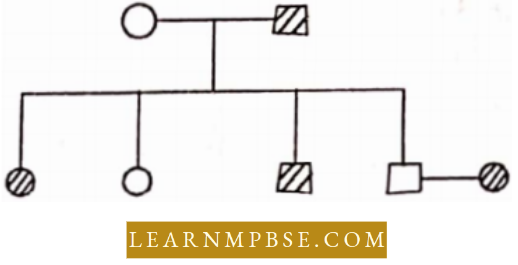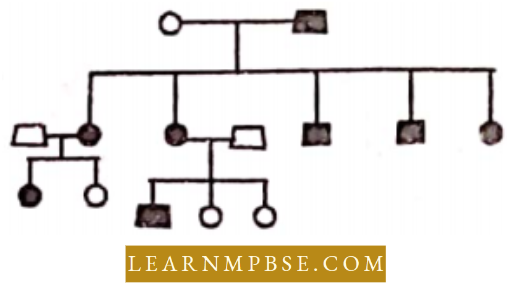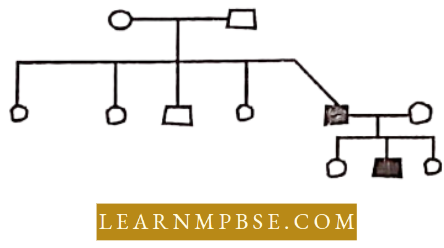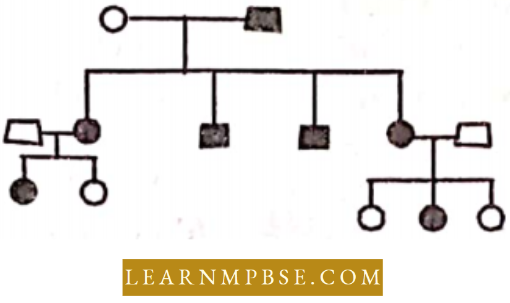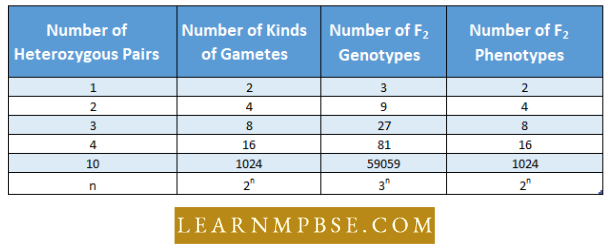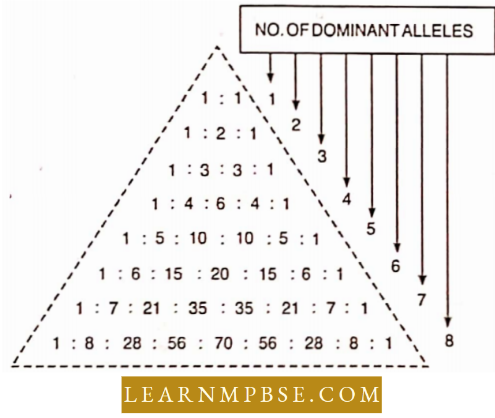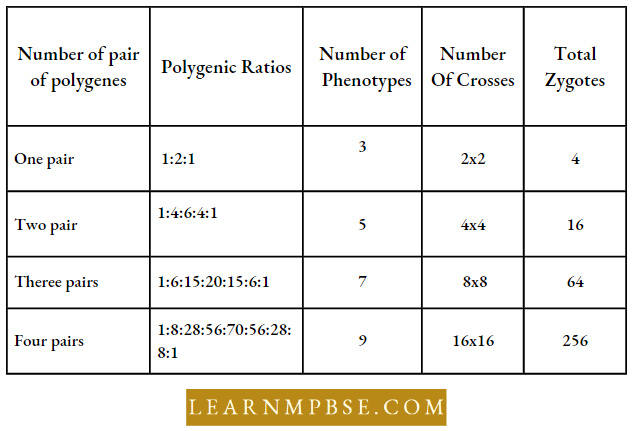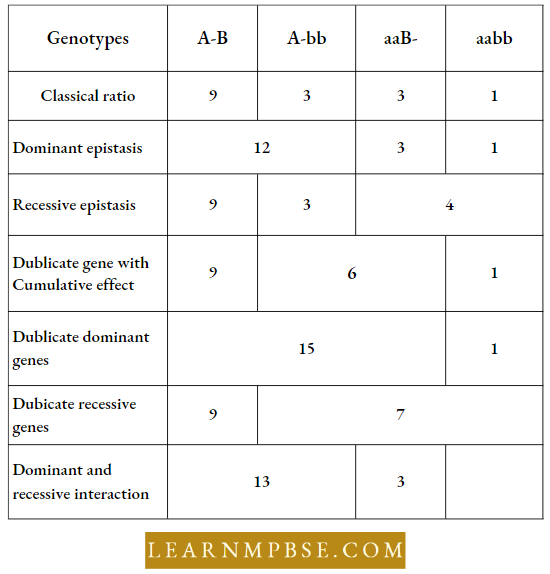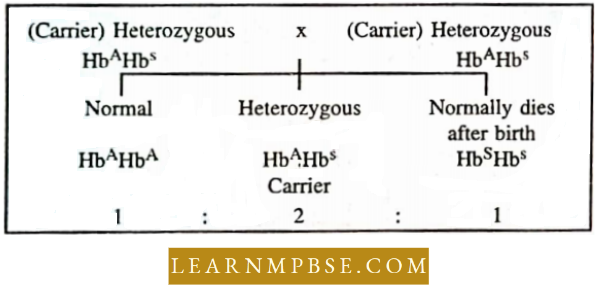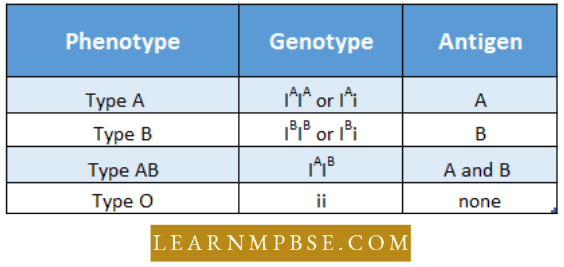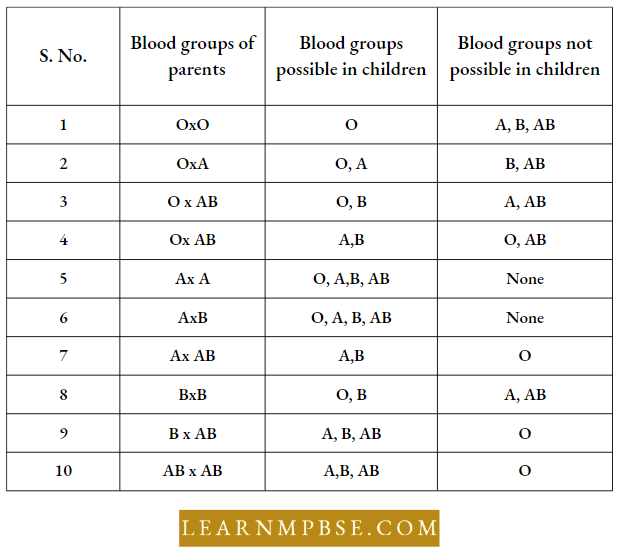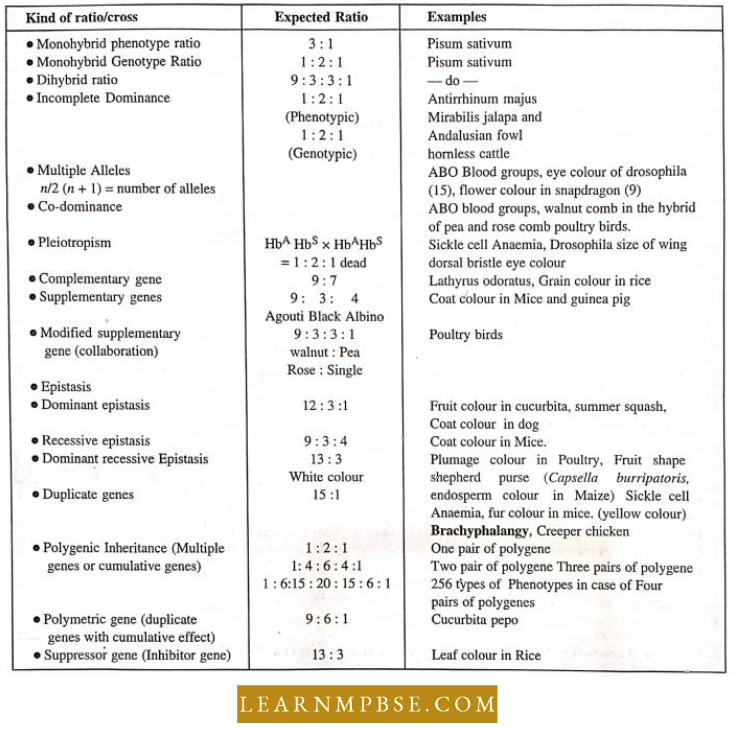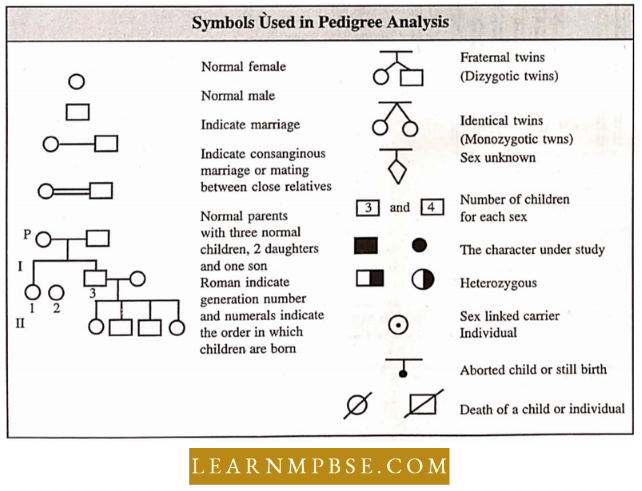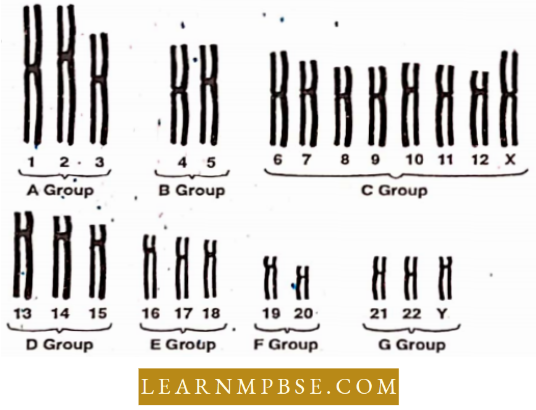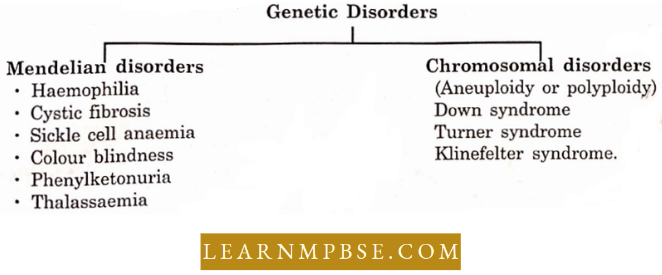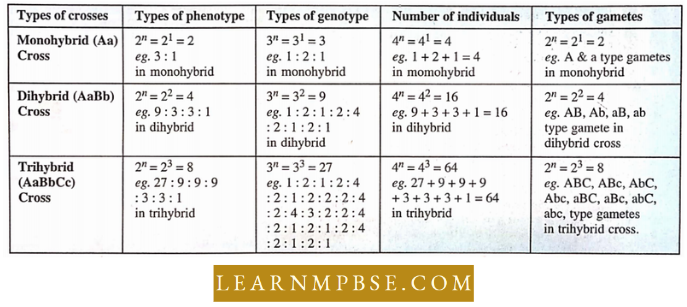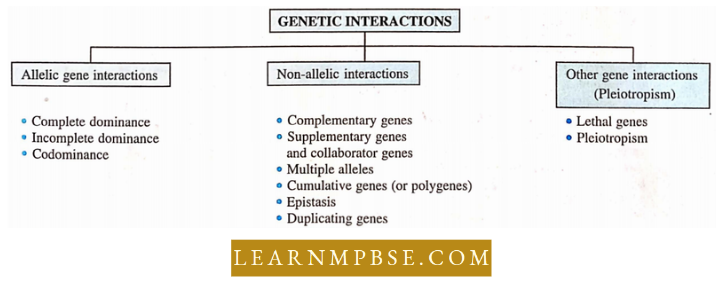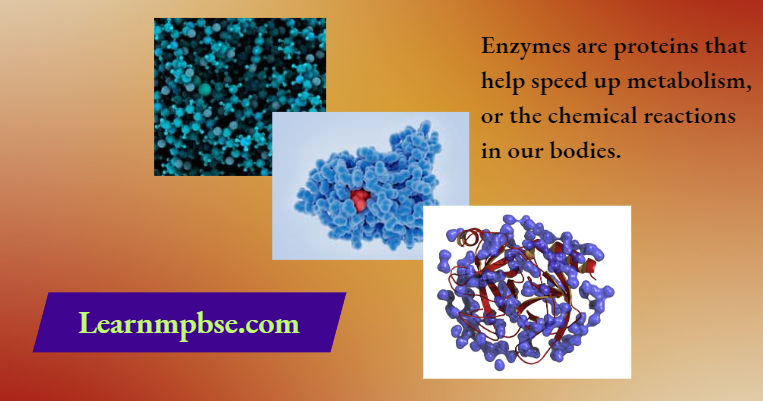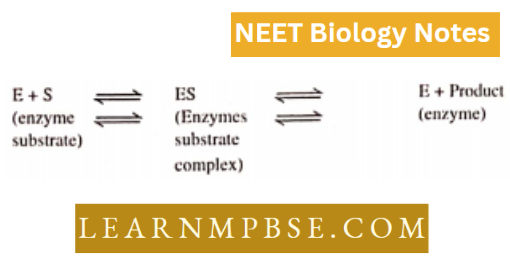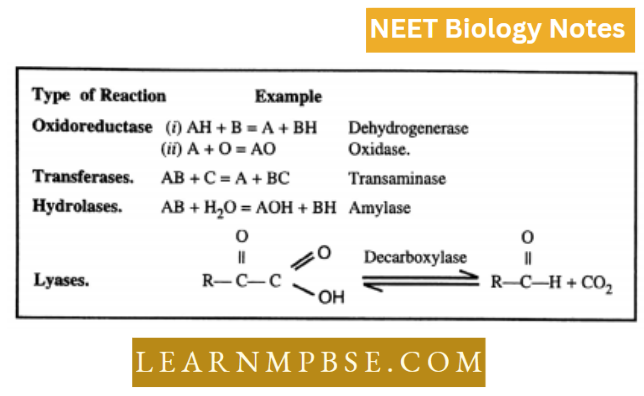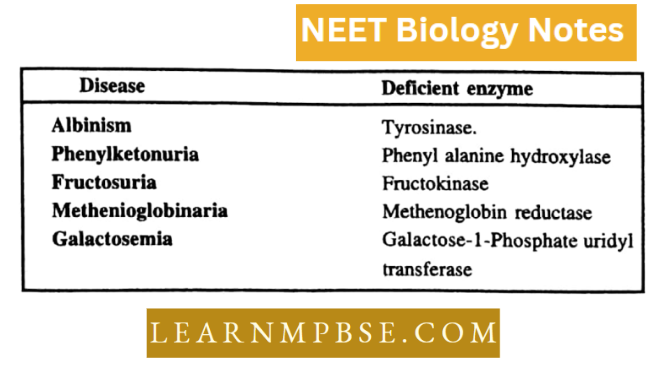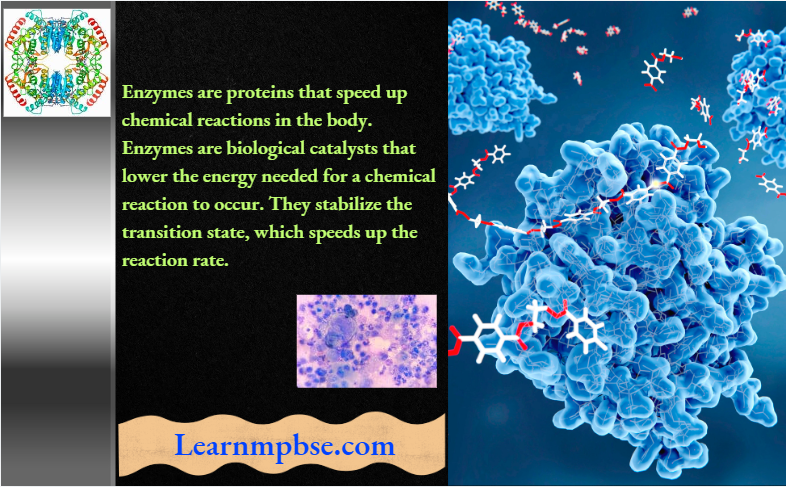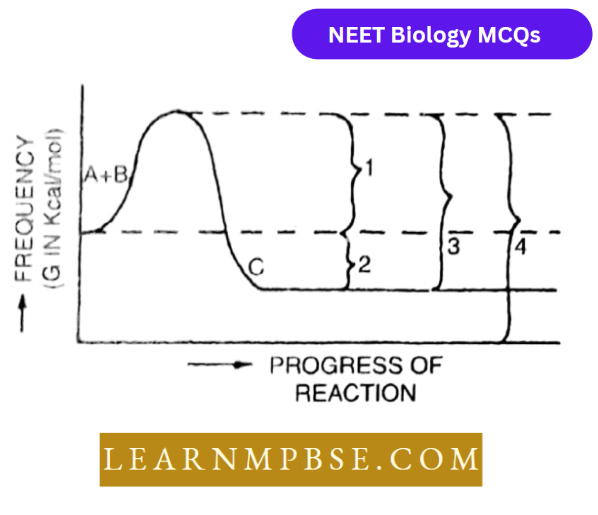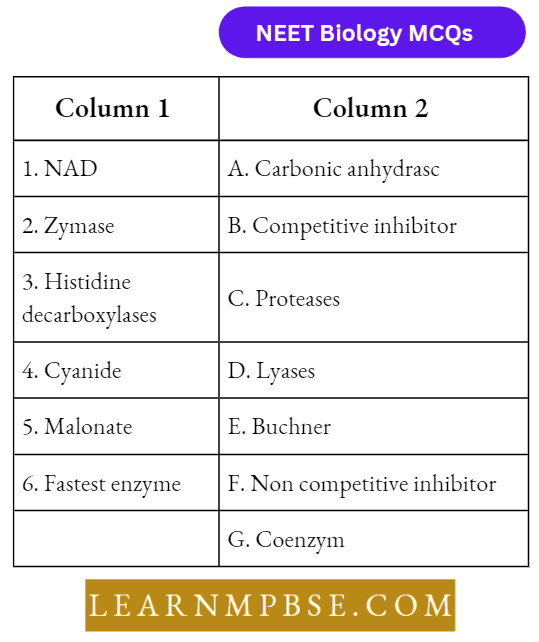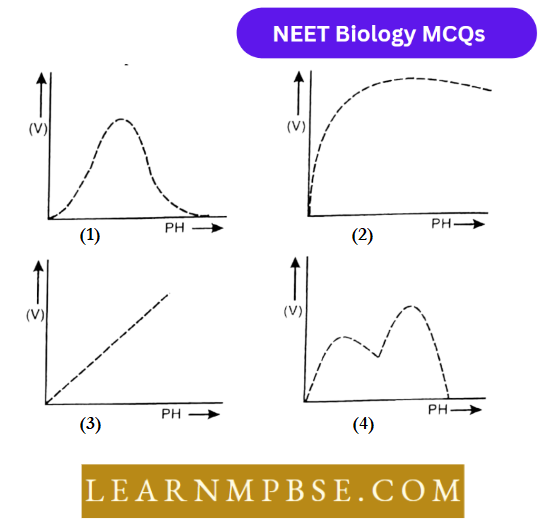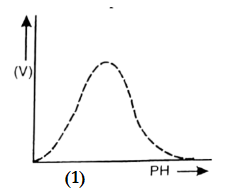NEET Biology Evolution Theory Of Evolution By Natural Selection
Recent study indicates that evolution refers to the alteration in the genetic makeup of a population resulting from the interplay of variations and natural selection.
- The notion of organic evolution was conceived by Darwin and Wallace.
- Aristotle posited that all living organisms can be systematically organized according to ascending complexity, with no gaps and no potential for positional alteration within the established hierarchy. The perspective on life is referred to as Scala Naturae.
- Evidence of evolution substantiates the occurrence of evolutionary processes. Notable proponents of organic evolution included Aristotle, Bacon, Kant, Buffon, and E. Darwin.
- The mutation hypothesis of evolution, proposed by de Vries, addresses certain limitations of Darwin’s theory.
NEET Biology Evolution Theories Of Evolution
The doctrines of organic evolution state that the world has evolved and not created as was believed earlier. Various theories have been put forward to explain organic evolution. Some of the important theories are as follows:
Read and Learn More NEET Biology Notes
1. Lamarck’s Theory of Inheritance of Acquired Characters (1744-1829): It is based on the following propositions.
- Living organisms and their parts tend to increase in size continuously due to internal forces of life.
- Production of a new organ in the body of organisms results from a new need for movement.
- If an organ is used continuously and constantly, it tends to become highly developed, whereas its continuous disuse results in its disappearance.
- Modifications produced or acquired during the lifetime of an individual are inherited.
- Lamarck’s Theory of Inheritance of Acquired Characters (1744-1829) Books written
- Philosophic Zoologique
- Organisation descerps vivont
- Historic
- Naturellecles Animax Sons Vertebrae.
- Lamarck’s Theory of Inheritance of Acquired Characters (1744-1829) Examples. Giraffes obtain their long necks by stretching them upwards to reach the available food in the form of leaves from tall trees. Eyes are reduced in moles because they live underground.
- Objections against Lamarckism. Lamarckism failed to meet the tests of observations. There is no evidence in support of the first proposition. The experiments conducted by Weismann in mice have discarded the law of inheritance of acquired characters.
- Neo-Lamarckism. A group of scientists Tower, Mendel, Morgan, Myar, and Smith have further studied Lamarckism and supported its modified form, which is known as Neo-Lamarckism.
2. Theory Of Catastrophism. Cuvier (1769-1832) is considered the father of modem palaeontology. Cuvier believed in the fixity of species. The occurrence of fossils of different rock strata was accounted on the basis of catastrophes. A succession of catastrophes have periodically destroyed all living things, followed each time by the successive creations of new and higher forms.
3. Theory Of Uniformitarianism. James Hutton (1878) and Charles Lyell (1932) established the concept of uniformitarianism which holds that slowly acting geological forces result in the formation of fossil-bearing rock strata.
4. Darwin’s Theory of Natural Selection ‘Descent of Man’ in 1871 – propounded by – Charles Darwin and Alfred Russel Wallace
Evolution Neet Notes
Summary Of The Theory Factors
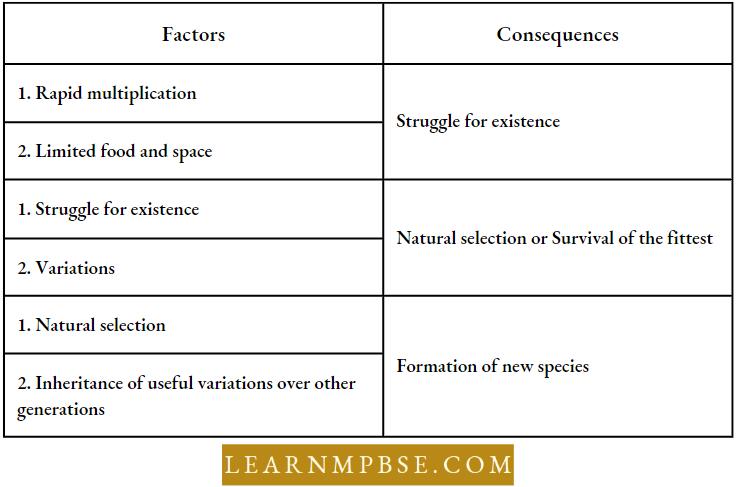
Evolution Neet Notes
Objections To Darwinism
- The type of variations that provide the raw material for natural selection are generally non-inheritable.
- It does not explain the effect of use and disuse and the presence of vestigial organs.
- Darwinism explains the survival of the fittest but not the arrival of the fittest. Darwin also put forward a hypothesis of pangenes in order to explain the possible mode of inheritance of these variations.
- According to pangenesis theory each and every cell of the body produces minute primordia which are known as gemmules or pangenes. The gemmules from all parts of the body are carried by the bloodstream to the gonads where these accumulate in the germ cells.
5. Weismann’s Theory of Continuity of Germplasm. According to this theory, the cytoplasm of the animal body is differentiated into somatoplasm and germplasm. The germplasm produces gametes which transmit the characteristics of the parents to the offspring. The remaining body of the organism is formed of somatoplasm.
6. Recapitulation Theory of Haeckel. Haeckel (1811) proposed that “ontogeny repeats phytogeny ”, that is, the development of the individual repeats the evolutionary history of the race, condensing some stages and eliminating others.
7. Isolation Theory. The role of isolation in evolution was first emphasized by M. Wagner. He stated that any factor or mechanism which separates the individuals of a species into groups, so that these are unable to intermingle and interbreed, constitutes the isolating mechanism and is helpful in the progress of evolution.
8. DeVries’ Theory of Mutation. De Vries suggested that variations which are important for evolution are sudden and large; which he called mutations or saltation
Evolution Neet Notes
Salient Features Of The Mutation Theory: On the basis of his observations, Hugo de Vries (1901) put forward a theory of evolution, called mutation theory. The theory states that evolution is a jerky process where new varieties and species are formed by mutations (discontinuous variations) that function as the raw material of evolution. The salient features of mutation theory are
- Mutations or discontinuous variations are the raw material of evolution.
- Mutations appear all of a sudden. They become operational immediately.
- Unlike Darwin’s continuous variations or fluctuations, mutations do not revolve around the mean or normal character of the species.
- The same type of mutations can appear in a number of individuals of a species.
- All mutations are inheritable.
- Mutations appear in all conceivable directions.
- Useful mutations are selected by nature. Lethal mutations are eliminated. However, useless and less harmful ones can persist in the progeny.
- Accumulation of variations produces new species. Sometimes a new species is produced from a single mutation.
- Evolution is a jerky and discontinuous process.
Evolution Neet Notes
Modern Synthetic Theory has evolved dm in; the last century through an accumulation of fuels and theoretical conclusions from a number of scientists, Dobzhansky (1937) emphasized the role of genetic changes in populations in the process of evolution. Julian Huxley and Ernst Mayr have explained the mechanism of origin of variations in higher animals,
- Genetic Variations in n Population: Population is the unit of Involution
- Mechanism Of Genetic Change
- Gene mutation
- Chromosomal aberrations
- Recombination of genes
- Hybridization
- Mechanism Of Genetic Change
- Natural Selection: It really means differential reproduction i.c. some members of a population reproduce at a higher rate and leave more surviving offspring in the next generation than others. The organisms that produce more offspring contribute a proportionately greater percentage of genes to the gene pool of the next generation.
- What really matters in evolution is not how well or poorly the individuals can face the environment, but how many of their young ones survive to become parents of the next generation.
- Speciation: Species are the group of actually or potentially interbreeding natural populations that are reproductive and isolated from other such groups. The formation of new species may be caused by the gradual drifting away of two or more populations of a single species until such time they cease to interbreed.
NEET Biology Evolution Factors Causing Genetic Divergence In The Populations
- Mutations. These are the changes in the chemical constitution of the DNA in the chromosomes of an organism. Depending upon the mutation, selection will operate either for or against the mutated gene.
- Recombination. Brings about new combinations of old genes present in the gene pool of a population as a result of interbreeding, crossing over at the time of meiosis, free assortment of genes at the time of gamete formation etc.
- Genetic Drift Or Random Drift. In small populations, frequencies of particular alleles may change drastically by chance alone. Such changes in allele frequencies occur randomly, as if the frequencies were drifting, and are thus known as genetic drift. For this reason, a population must be large to be in Hardy-Weinberg equilibrium.
- If the gametes of only a few individuals form the next generation, the alleles may by chance not be representative of die parent population from which they were drawn, for example when a small number of individuals are removed from a bottle containing many.
- By chance, most of the individuals removed are blue, so the new population has a much higher population of blue individuals than the parent one had.
Mechanism Of Origin Of Species. There are two distinct ways in which new species arise from the pre-existing ones.
- Speciation. Splitting of species into two or more species.
- Transformation In Time. Transformation of the old species into new ones in due course of time.
- Geographical Speciation. The geographic isolation of a population of pre-existing species into sub-populations for a sufficiently long time produces genetic changes thus changing them into new species.
- Sympatric Speciation. It generally takes place due to a sudden new effective mutation occurring in a single individual.
- Role Of Hybridization And Polyploidy In Speciation: Generally the members of different species do not interbreed and produce fertile offspring. But sometimes, the individuals of two different but closely related species may interbreed to produce fertile young ones. This phenomenon is called hybridization.
Rapid Speciation Occurs By Polyploidy: Hybridization between even closely related species is prevented by a number of barriers. Examples. Polyploidy is uncommon in animals but about one-third of the plant species are polyploids example,
- In wheat (2N=14), there are species with chromosome numbers 14, 28 and 42
- In rose, there are species with 14, 28, 42 and 56 chromosomes.
- Experimental formation of Raphanobrassica (Chromosome number = 36) by crossing radish (Raplianus, 2N=18) and cabbage (Brassica, 2N=18).
Isolation: It is the segregation of the population of a species into smaller units of individuals by certain mechanisms so as to prevent interbreeding among them.
Isolating Mechanism is the process of producing and maintaining reproductive isolation in a population. This can be brought about by mechanisms acting before or after fertilization.
Theodosius Dobzhansky suggested a classification of isolating mechanism
Theodosius Dobzhansky External Barriers: The premating mechanism prevents interspecific mating: Potential mates do not meet due to
- Geographical isolation
- Climatic isolation
- Seasonal isolation
- Habitat isolation
- Isolation due to distance.
- Potential mates meet but do not mate, it is ethological isolation
- Copulation attempted by transfer of mates does not take place due to
- Mechanical isolation
- Physiological isolation
- Potential mates meet but do not mate, it is ethological isolation
Theodosius Dobzhansky Internal Barriers: Post-mating mechanism. Reduce full success of interspecific isolation
- Gametic Mortality. Sperms are transferred but eggs are not fertilized
- Zygote. Eggs are fertilised but the zygote is inviable
- Hybrid Inviability. Zygote produces F, a hybrid of reduced viability
- Hybrid Sterility. Hybrid is produced but partially or completely sterile
Evolution NEET Important Questions
Kinds Of Isolation. They are given below:
- Geographical Isolation. The various physical barriers, such as mountain ranges, rivers, deserts, water connections, etc; play an important role in the isolation of a population into units.
- Isolation Due To Sheer Distance Apart. The members of a widely distributed species, which occupy a large extent of territory without natural barriers, may become isolated since they are unable to cover great distances. Thus the members of one part interbreed among themselves and do not reach other parts.
- Climatic Isolation. The abrupt climatic differences in the range of distribution of species cause its separation into sub-units. The climatic factors may be temperature, moisture, mineral concentration and chemical composition of the surroundings.
- Mechanical Isolation. Animals of different species are unable to interbreed due to the differences in size and structure.
- Ecological Isolation. Due to different ecological habits, the organisms become isolated and interbreeding between them is prevented.
- Physiological Isolation. Certain species are established only on the basis of some physiological differences developed between them. For example, in certain species of Drosophila mating is not possible among the members of different species. In Drosophila, the vaginal mucous membrane swells up after mating. This swelling lasts for a few hours if the mating is among the members of the same species, but continues for days if the mating is interspecific. This precludes the passage and eggs fail to come out.
- Reproductive Isolation. In some species closely allied species are intersterile due to the differences in their copulatory organs. For example, in insects, the copulatory organs are developed on lock and key arrangement i.e., only one type of key fits into one definite pattern of lock.
- Gametic Isolation. Interbreeding is prevented by gametic inviability. The sperms of one species are either unable to survive or poorly survive in the genital tract of the females of other species.
- Hybrid Inviability. In other cases even if the gametes survive and bring about fertilization, the zygote is either unable to develop further or the embryo dies after developing for some time.
- Hybrid Sterility. In some cases, the hybrid formed by the mating between different species is viable but is either sterile or produces fewer offspring, for example, Mules.
- Changes In The Developmental Rhythm. Speed of development and length of life-cycle changes split up the species into groups and genera into species.
- Psychic Isolation. Animals have a tendency to mate with like forms. They fail to copulate because of differences in mating behaviour and nest-building habits.
NEET Biology Evolution Neo Darwinism
Neo-Darwinism gains strength from a number of evidence like industrial melanism, the origin of DDT-resistant mosquitoes, geographical distribution of sickle cell anaemia etc.
Five Major Causes Of Evolutionary Changes Accepted By Neo-Darwinism
- Gene mutation
- Chromosomal mutations
- Genetic recombination
- Natural Selection
- Reproductive isolation
G.L. Stebbins (1966—76) gave this theory in the present form as follows: Five factors have been identified as main bases

There are also accessory factors like gene migration and hybridization to increase genetic variability. Lastly, the chance factors (genetic drift) in a small population are also relevant in the evolution of the new species.
Evolution NEET Important Questions
Neo Darwinism Examples
- Industrial Melanism. Before the industrial revolution, the dull grey forms of peppered moth – Bistort betuJaria were dominant; the carbonara form (black) was rare because it was susceptible to predation by birds. The reason was that it was conspicuously visible while resting on tree trunks.
- The Industrial Revolution resulted in large-scale smoke which got deposited on tree trunks turning them black. Now grey varieties became susceptible and the black forms flourished.
- Replacement of coal by oil and electricity, reduced soot production – the frequency of grey moths increased again.
- Drug Resistance. The drugs which eliminate pathogens become ineffective in the course of time because those individuals of pathogenic species can tolerate them, survive, and flourish to produce tolerant populations.
- Sickle Cell Anaemia And Malaria. Individuals homozygous for sickle cell anaemia die at an early age. In heterozygous individuals, the cells containing abnormal haemoglobin become sickle- shaped. In fact, when RBC becomes sickle-shaped, it kills malarial parasites effectively so that these individuals are able to cope with malaria infection much better than normal people.
- Favism, Glucose 6 phosphate dehydrogenase deficiency is a common abnormality in Negroids. Haemoglobin gets denatured and is deposited on the cell membrane. If such persons eat beans, haemoglobin is destroyed.
J. Lederberg And E. Lederberg provided experimental evidence for ‘selection* in bacteria. By using the replica plating technique, they demonstrated the processes of ‘selection* of antibiotic-resistant strains of bacteria.
Genetic Basis Of Adaptation: Lederberg’s Replica Plating Experiment is a good example of the genetic basis of adaptation.
- After introducing penicillin, in the culture plate, it was found that some colonies were resistant to it. Bacteria acquired this ability due to mutations (preadaptive) which occurred before exposure to penicillin.
- The new environment only selects such mutations.
- Lamarckian explanation of this could be that the penicillin induced changes in some bacteria enabling them to grow in this medium. Thus these bacteria became adapted to live in a penicillin medium.
- The Darwinian interpretation could be that the colonies had two types of strains: Penicillin-sensitive and penicillin-resistant arising by mutation. Before the use of penicillin, the suitable condition was for sensitive strain, hence after using penicillin they were wiped out, but was favourable for resistant strain. Thus natural selection operates here as advantageous to the resistant strain.
Evolution NEET Important Questions
Gene Frequency. Suppose two alleles A and A of a gene exist in a population. Suppose X individuals have genotype AA. Y have Aa, Z have aa. N (Total no. of individuals) = X + Y+ Z.
The no. of alleles would be 2 x N.
The ratio of A alleles (p) in population = \(\frac{2 X + Y}{2N}\) = \(\frac{X + 0.5 Y}{N}\)
This is called the gene frequency of A. Gene frequency of ‘a’ would be q = \(\frac{Y + 2 Z}{2N}\) = \(\frac{0.5 Y + Z}{N}\)
Selection Change. Over a period of time, the criteria of natural selection also change. As a result, the genetic composition and the direction of evolution also change.
NEET Biology Evolution The Hardy Weinberg Equation
Hardy-Weinberg Equation developed independently by G.H. Hardy, an English mathematician, and G. Weinberg, a German physician, in 1908, describes the relationship between allelic frequencies and genotypic frequencies in successive generations of a population that is at equilibrium is not evolving.
The Hardy-Winberg equation is p² + 2pq + q² = 1
where p = frequency of one allele (for example, A) at a locus
q = frequency of the alternative allele (for example, a) at the same locus
p² = frequency of the genotype homozygous for the allele present in frequency p (for example, A/A)
2pq = frequency of the heterozygous genotype (for example, A/a)
q² = frequency of the genotype homozygous for the allele present in frequency q (for example, a/a)
- If the frequency of one of the alleles (for example, p) is known, then the frequency of the other allele (q = 1 -p) can be known and the frequencies of the homozygous genotypes (p and q²) as well as those ofthe heterozygous genotype (2pq) can be calculated.
- Or, if the frequency of homozygous recessive individuals in the population (a/a, or q²) is known, then the frequencies of the allele (q) and the A allele (p or 1 – q) can be calculated.
- It is then possible to predict genotypic frequencies in the present and future generations. The Hardy-Weinberg principle states that the frequencies of alleles and genotypes remain the same from generation to generation- are not altered by genetic recombinations-provided that the following conditions hold.
- No mutations
- An infinitely large population (no genetic drift)
- No emigration out of or immigration into the population (no gene flow)
- Random matings between individuals (no assortative matings)
- Equal reproductive success among the genotypes (no natural selection)
Illustration: An investigator has determined by inspection that 16% of the human population has a recessive trait. Using this information, we can complete all the genotype and allele frequencies for the population, provided the conditions for Hardy-Weinberg equilibrium are met.
Given: q² = 16% = 0.16 are homozygous recessive individuals.
Therefore, q = √0.16 = 0.4 = frequency of recessive allele
p = 1.0 – 0.4 = 0.6 = frequency of dominant allele
p² = (0.6)(0.6 = 0.36 = 36% are homozygous dominant individuals) 84% have the dominant phenotype
2 pq = 2(0.6)(0.4) = 0.48 = 48% are heterozygous individuals = 1.00-0.52 = 0.48
Present-Day Concept Of Evolution: A modified form of Darwin’s theory, lienee is often called Neo-Darwinism.
Also called the synthetic theory of evolution (synthesis of Darwin’s and Hugo de Vries’ theories). According to this theory, only genetic variations are inherited. It includes the following factors.
- Genetic Variations in a population occur by mutations, genetic drift (elimination of gene of certain traits due to migration or death of a section of a population), geneflow (addition or removal of alleles when individuals enter or leave a population), gene recombination, hybridization, etc.
- Heredity, i.e., the transmission of characters from parents to offspring plays an important role in the mechanism of evolution.
- Natural Selection selects those members which have traits that enable them to grow up and reproduce at a faster rate. It is of four types:
- Stabilizing Selection: Keeps population genetically constant and favours normal phenotypes whereas eliminates extreme variants.
- Directional Selection: Produces a regular change within a population in one direction and favours non-average phenotypes.
- Disruptive Selection: Favours extreme or more adaptable phenotypes hence poplution is disrupted into two groups.
- Cyclic Selection: Maintains genetic differences in a population and fixes all the alleles of a gene pool.
- Speciation occurs which is die formation of new species from existing ones by evolutionary means. It is of four types:
- Multiplicative: Splitting of a species into new species which may be gradual (occurring in many generations) or instant (occurring in a single generation).
- Phyletic: Replacement of one species by another without an increase in number.
- Speciation By Fusion: Here two species merge into one.
- Quantum: Speciation by reproductive isolation due to chromosomal rearrangements.
- Reproductive Isolation i.e., prevention of interbreeding between populations of two different species is accomplished by either premating methods that may be mechanical, ethological, seasonal and gametic isolation or post-mating methods like incompatibility, hybrid sterility, etc. (post-mating).
- Mutations. A mutation is a random inheritable change in the genetic material. It may be due to changes in the structure of chromosomes, number of chromosomes, and gene mutation (Change in sequence of nucleotides).
- Mutation is a recurrent event because a given length can undergo only a limited number of chemical changes if given enough time, each of these will appear again and again. Thus, in a hypothetical population in which all individuals are homozygous AA, the allele A will be eventually introduced by mutation.
- Mutations Are Regarded As Fountainheads Of Evolution. Recombination. During meiosis, crossing over causes reshuffling of gene combinations which provides new combinations of existing genes and alleles.
- This is the essence of recombination. It may bring together the alleles that arose at different times and places. Recombination can occur not only between genes but also within genes resulting in the formation of a new allele. As it adds new alleles and a combination of alleles to the gene pool it is an agent of evolution.
- Gene Migration. Because few populations are completely isolated from other populations of the same species, usually some migration between populations takes place.
- Therefore, members of a population may enter a new population due to migration.
- If the migrating individuals breed within the new population, the immigrants will add new alleles to the local gene pool of the host population. This is called gene migration.
- Genetic Drift (Or Wright’s Effect). Random change occurring in the allele frequency by chance alone is called genetic drift.
- It is the change in the number and frequency of genes (alleles) that occurs by chance – and plays an important role in evolution.
- It operates in small isolated populations by persistent in-breeding. As a result, some alleles become permanently fixed. While some alleles undergo change in their frequency and some others disappear completely.
- When a species is split into many isolated populations without migration or mixing, its genetic composition is mainly determined by genetic drift.
- In the case of Biston betulciria even though the grey moth was easily visible it was not that dark to escape predation.
- Rather sometimes in areas with a high population of grey moths, birds used to prey on more black moths due to sheer chance.
- Founder Effect. When a population gets separated from the existing population it becomes the founder of a new population. This is called the founder effect which is the result of genetic drift i.e., by chance.
- Genetic Bottleneck. Wien in a season the one population leaves a few individuals of the population which become the founder of the new population then it will produce only a few genes by selection i.e. by chance new population emerges and it is similar to a bottle in which only certain population is allowed to flow as in the neck of the bottle.
- Gene Flow: Gene flow is the movement of alleles from one population to another. It can be a powerful agent of change because members of different populations may exchange genetic material. Sometimes gene flow is obvious, as when an animal moves from one place to another.
- If the characteristics of the newly arrived animal differ from those of the animals already dire, and if the newcomer is adapted well enough to the new area to survive and mate successfully, the genetic composition of the receiving population may be altered.
- Other important kinds of gene flow are not as obvious. These subtler movements include the drifting of gametes or immature stages of plants or marine animals from one place to another.
- Male Gametes of flowering plants are often earned great distance by insects and other animals that visit their flowers.
- Seeds may also blow in the wind or be carried by animals or other agents to new populations far from their place of origin.
- Gene flow may also result from the mating of individuals belonging to adjacent populations.
- Gene flow can alter the genetic characteristics of populations and prevent them from maintaining Hardy- Weinberg equilibrium.
Evolution NEET Revision Notes
Kinds Of Selections
- Stabilising selection
- Directional selection
- Disruptive selection
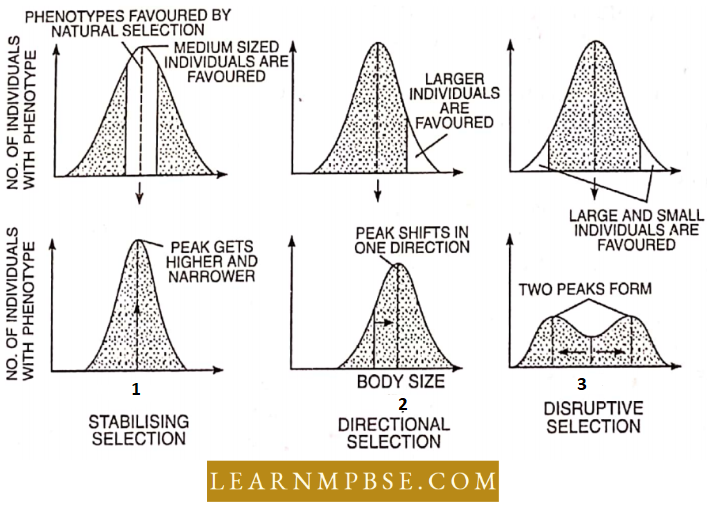
Even low levels of gene flow tend to homogenize allelic frequencies among populations and thus keep the populations from diverging genetically.
- In some situations, gene flow can counter the effect of natural selection by bringing an allele into a population at a rate greater than that at which the allele is removed by selection.
- Migration is the movement of individuals from one population to another population.
- Emigration is the migration of individuals out of an area.
- Immigration is the migration of individuals into an area. AHopatric speciation. The speciation by the geographical separation of two populations and the divergence of the population.
- Sympatric Speciation. When a sub-population becomes reproductively isolated in the midst of its parent population this is called sympatric speciation.
- Balancing Selection. A heterozygous condition in sickle cell anaemia (HA/HS) survived the malarial condition and balanced the loss by sickle cell anaemia is called balancing selection.
- Biological Species concept. A sexually interbreeding population which is separated from other species by reproductive isolations.
- Evolutionary Species Concepts. An evolutionary species is a lineage evolving separately from others with its own unitary evolutionary role and tendencies.
- Convergent Evolution (Adaptive Convergence). The development of similar adaptive functional structures in unrelated groups of organisms is called convergent evolution. Example: Wings of insect, bird and bat.
- Thus analogous organs show convergent evolution (adaptive convergence). When adaptive convergence is found in closely related species. It is called “Parallel Evolution” Example: development of running habit in deer (2-toed) and horse (1-toed with two vestigial splint bones.)
- Stabilizing Selection
- Stabilizing selection operates in a constant or unchanging environment.
- Stabilizing selection introduces homogeneity in the populations.
- Stabilizing selection favours average or normal individuals and eliminates over-specialised as well as less-specialized or less adapted individuals.
- Stabilizing selection checks the accumulation of mutations that may lower the fitness of species in unchanging environments.
- Stabilizing selection tends to arrest variance and evolutionary change.
- Stabilizing selection operates rarely because the environment is rarely constant.
- Stabilizing Selection Examples
- Stabilizing selection in sparrows observed by H.C. Bumpus in 1S99.
- Stabilizing selection in Land Snails was observed by W.F.R. Weldon in 1901.
- Mortality of babies
- Stabilizing selection in red checkered moths (Panaxiadominula) observed by E.B. Ford.
- Stabilizing Selection Examples
Evolution NEET Revision Notes
Directional Selection:
This selection process functions in reaction to incremental alterations in environmental variables.
- It functions within the spectrum of phenotypes present in the population and applies selection pressure that shifts the mean phenotype towards a phenotypic extreme.
- When the mean phenotype aligns with the new optimal environmental conditions, stabilizing selection will prevail.
- This type of selection induces evolutionary change by creating a selection pressure that promotes the proliferation of novel alleles within the population.
- Directional selection underpins artificial selection, whereby the selective breeding of phenotypes exhibiting desirable qualities enhances the prevalence of those phenotypes in the population.
- D.S. Falconer conducted a series of tests in which he picked the heaviest mice from a population at six weeks of age and allowed them to inbreed. He also chose the lightest mice and permitted them to inbreed.
- This selective breeding based on mass led to the emergence of two populations: one exhibiting an increase in bulk and the other a decrease
- Following the cessation of selective breeding, neither group reverted to the original population mass of around 22g. This indicated that the artificial selection of phenotypic traits resulted in certain genotypic selection and a reduction of alleles within each population.
Disruptive Selection. Fluctuating conditions within the environment may favour the presence of more than one phenotype in a population. It was studied in sunflowers.
NEET Biology Evolution Theory Of Evolution By Natural Selection Synopsis
The unit of evolution is the population. The unit of natural selection is individual (phenotype).
- An Isolating Mechanism is a means of producing and maintaining reproductive isolation within a population. This can be brought about by mechanisms acting before or after fertilisation. Theodosius Dobzhanskv suggested a classification of isolating mechanisms.
- Adaptive Radiations. Evolution of groups of animals in different directions.
- Of all the species that have ever lived more than 99% have gone extinct
- Danvin used the breeding of domestic animals, known as artificial selection as evidence of evolution. In artificial selection, humans are the selective agents, while in natural selection, the environment is the selective agent.
- Darwinism Fitness. In an individual it is a measure of its ability, relative to others in the population, to pass genes to the next generation.
- The branch of Biology that emerged from the synthesis of Darwinian Evolution and Mendelian genetics is called Population Genetics
- Parallelism is the adaptive convergence of closely related species in evolution.
- Genetic variation that parallels a gradient (for example, Rainfall) is called Cline.
Darwin regarded continuous variations to be more important since discontinuous variations being mostly harmful would not be selected again.
- G6PD is an X-chromosome-linked trait. Clinical features
- Drug-induced hemolytic anaemia, for example, sulphonamide, primaquine nitro furantin and phenacetin. Ingestion of the drug is followed by fever, malaise, prostration and passage of dark urine
- Favism
- Neo-natal jaundice Diagnosis is established by enzyme assay.
